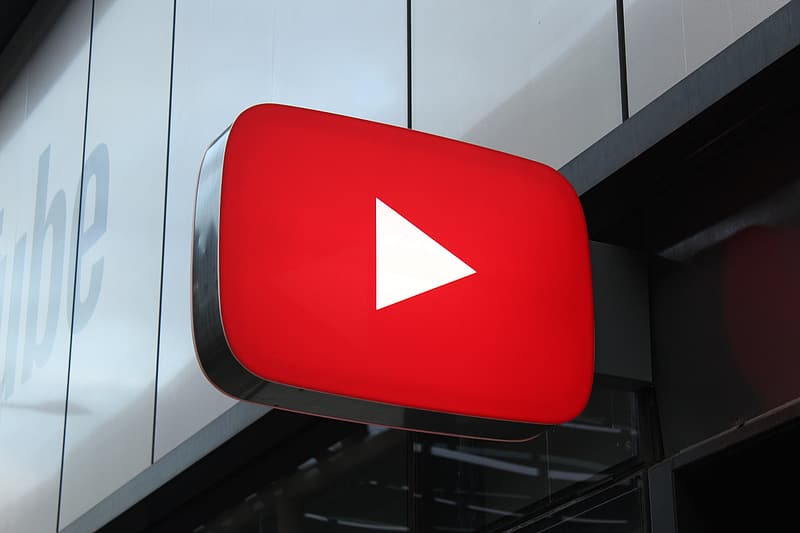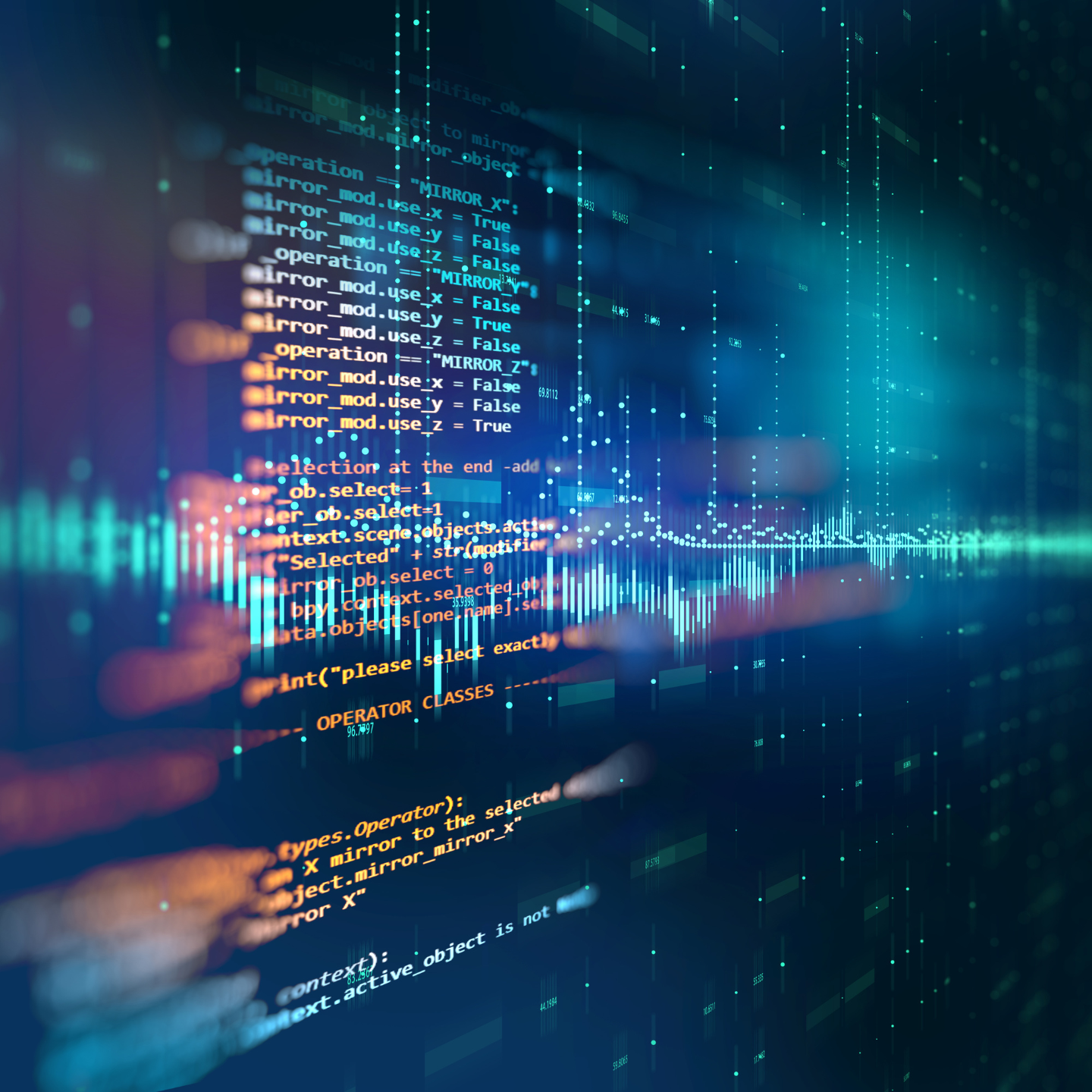
For a long time, getting kicked off YouTube meant that it was a permanent ban. Now, in a deviation from its content governance over the past five years, YouTube has initiated a “Second Chance” pilot program. Announced via a company blog post on Thursday, this program offers a limited path back for creators previously banned for disseminating misinformation related to the COVID-19 pandemic and the 2020 US Presidential election. The initiative permits a select subset of terminated users to petition for the right to establish new channels, applying predominantly to those whose removal was based on content policies that the platform has since officially retired.
The introduction of the “Second Chance” program seems to be a result of political and legal pressure directed at YouTube’s parent company, Alphabet. For several months, the company has faced intense scrutiny from Congressional bodies, most notably from the House Judiciary Committee, chaired by Rep. Jim Jordan (R-OH). The Committee’s investigation, which involved the issuance of multiple subpoenas, focused on allegations that federal officials unduly influenced social media firms to suppress specific viewpoints.
In recent communication with the Committee, Daniel F. Donovan, Alphabet’s legal counsel, confirmed that the new policy would extend eligibility to channels terminated for “repeated violations of COVID-19 and elections integrity policies that are no longer in effect.” YouTube informed lawmakers that the pilot will commence with only “a subset of creators,” deliberately focusing on those cases where the underlying content rules leading to the original bans have been formally deprecated. To be specific, creators banned for unrelated, enduring violations (such as harassment, copyright infringement, or incitement of violence) remain ineligible for consideration.
According to the established procedural guidelines, terminated creators will now find an active option within the YouTube Studio dashboard, allowing them to file a formal request for a new channel. Successful applicants will be required to commence their activity de novo. This means that no prior assets will be transferred: reinstated creators will have no access to their previous content library, subscriber count, or existing monetization status. They retain the right, however, to re-upload older videos, provided that the material rigorously complies with the platform’s currently enforced Community Guidelines.
The eligibility assessment process is highly conditional, relying on several factors, including the severity and persistence of the prior violations and whether a creator’s documented on- or off-platform activity “harmed or may continue to harm the YouTube community.” To prevent any perception of immediate or automatic reinstatement, YouTube has instituted a mandatory one-year waiting period following a channel’s original termination date before any application can be formally submitted. Channels that were voluntarily deleted or are linked to permanently deactivated Google accounts are not considered.
YouTube stated that it believes “many terminated creators deserve a second chance,” it is clear this pilot offers a limited second act, not a full historical restoration. Reinstated users begin with a clean slate, and any new channels must satisfy all the standard eligibility criteria applicable to first-time creators before they can qualify for the profitable YouTube Partner Program. The existing process for appealing a channel termination remains available; however, should an appeal fail, the creator must then observe the mandatory one-year threshold before applying to the new pilot program.





